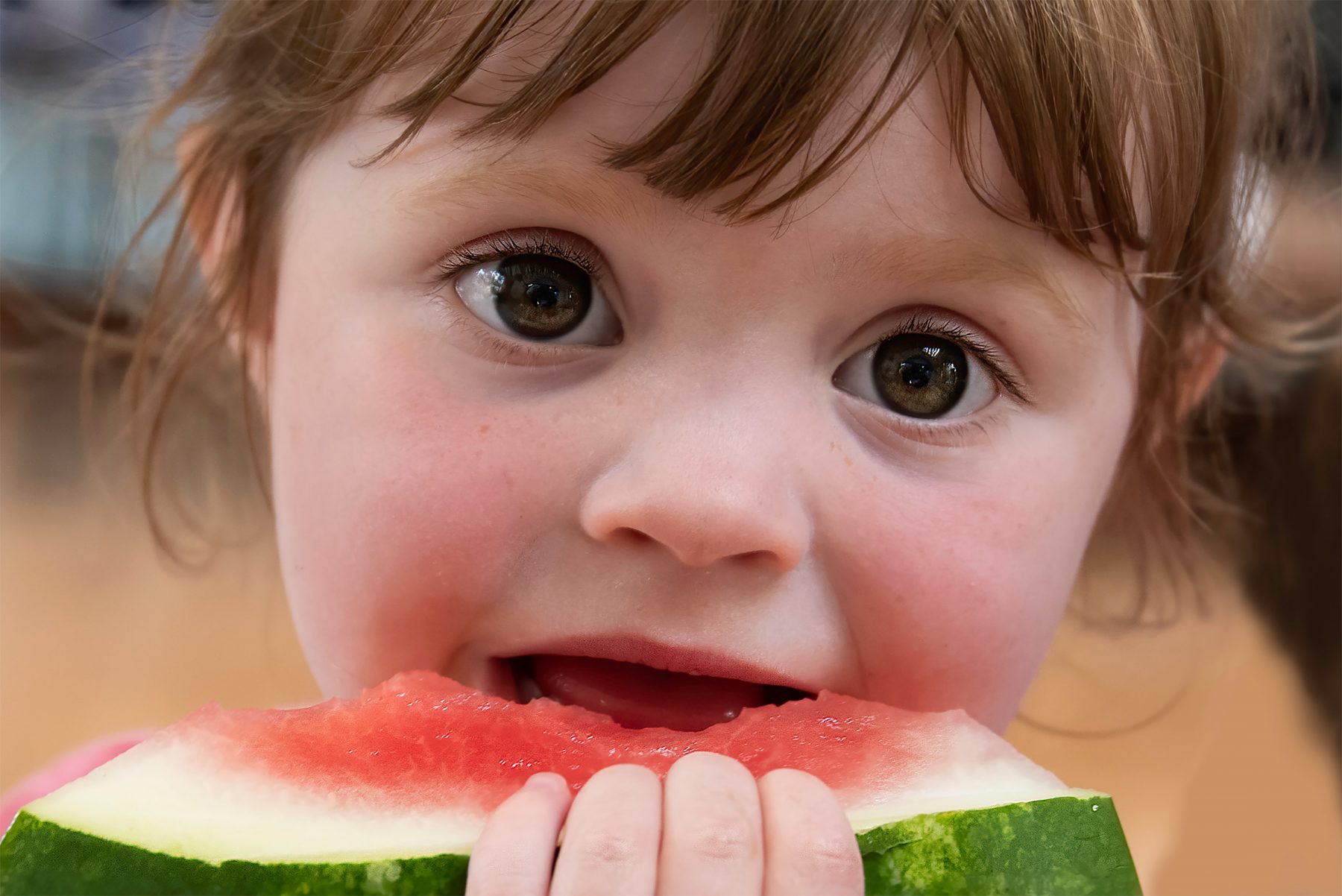Repetitive eating: 8 ways to avoid this in your ECEC setting

Do you find yourself sitting down to the same meals week in, week out? Or maybe you’re just struggling for mealtime inspiration? It can be the same for chefs and cooks in your early childhood education and care (ECEC) service.
With government guidelines to meet, allergies to cater for, budgets to stick to and the concern of wastage, introducing variety can be a challenge. That said, ensuring there is a variety of foods being offered is a very important part of teaching children to expand their repertoires and ensure they are getting a healthy supply of vitamins, minerals and nutrients essential for their growth and development.
I see many ECEC menus (and family menu plans!) that reveal a “food rut”. With around 50 per cent of toddlers classified as fussy eaters and eight out of ten parents wishing that their child’s diet included more nutritious and varied options, it can seem easier to stick with what they know – to reduce wastage and ensure mealtime ‘success’.
The trouble is that just as our brains would get bored watching the same TV show over and over again, our bodies eventually tire of eating the same foods on heavy rotation and require a range of nutrients to thrive.
The problem with repetitive eating
Most children who eat the same food day-in and day-out, tire of it eventually, and at some point refuse to eat their favourite food. If they eat a wide range of foods – more than 30 – but love avocado, for example, and want to eat it daily, it won’t matter too much when they become bored and refuse it, as they have 29 other foods to choose from. However, for children eating a limited range of foods (less than 10), losing one favoured food is a big deal, especially if it’s the only food in a particular food group.
Over time, if children eat the same foods daily, their food choices dwindle down so much that their diets become nutritionally lacking, which can cause lethargy, poor concentration and nutritional deficiencies, which demand attention. Children with limited diets are often low in iron, zinc and B12 and this can suppress the appetite and cause further fussiness due to lack of interest.
It’s important to identify repetitive eating behaviours early on and use positive strategies to nip it in the bud before it becomes a bigger issue. Ensuring children in your care are exposed to variety and continue to expand their repertoire while at your service means you are contributing to them developing resilient eating behaviours and preferences – as important as learning about the world through play.
Here are eight simple strategies to help you increase variety and prevent repetitive eating:
- Introduce a wide variety of foods from as early as possible and remember to exercise enormous amounts of patience in the face of rejection. It can take a young baby 10-16 tries to accept a new food. I recommend seasonal menu planning with a focus on seasonal produce, and rotating menu plans weekly to ensure a good variety of tastes, textures and ingredients.
- When offering a new food to the children in your care, start with small portions even if this means only one taste or teaspoon at a time to sample the new menu item before it’s on official rotation. The effort will be worth it!
- Set realistic expectations. Getting children to switch up some of their staples, such as move from white bread to wholemeal bread is a small step but can make a big change at a nutrition level.
- As children get older, continue to offer variety. Even if children have 15 things on their food list, introduce more. If children love their vegemite sandwiches and typically eat them every day at your centre, start offering it every other day with an alternate choice in between.
- Rotate meals so that children become familiar with a wider range of different foods, and understand that different foods are to be expected at different meal times – and lunch doesn’t always mean a sandwich or wrap! We recommend four-weekly seasonal rotational meal planners at our services.
- Don’t be afraid to use herbs and spices. Growing these in your setting can be a good first step to familiarising children with the new smells and tastes and you can start to utilise them in their meals, for example, with a sprinkle of oregano on a sweet potato pizza.
- Choose a new vegetable and spark children’s interest by letting them get involved with preparing it in various ways. For example carrot can be eaten steamed, roasted, fermented, cut into strips and cooked like pasta, baked in muffins or cake or turned into Bliss Balls.
- Stretch food choices focusing on the foods children love to eat. If the kids in your ECEC setting are avid cheese sandwich eaters, then offer them a wrap with cheese instead of a sandwich. Then move onto cheese melted over a jacket potato, then add tuna to the melt. Or if they love chicken nuggets, offer homemade turkey schnitzel.
Teaching children to eat well is a critical part of early childhood education, and by partnering with parents, ECEC settings have the power to move the needle on the worrying fussy eating and obesity stats we see for Australian children today.
Popular

Policy
Practice
Quality
Provider
Research
Safety starts with supervision: responding to real risks in ECEC
2025-07-07 10:30:58
by Fiona Alston

Policy
Provider
Practice
Quality
Jay Weatherill appointed to co-lead urgent review into childcare safety in Victoria
2025-07-07 07:24:04
by Fiona Alston

Quality
Practice
Provider
Workforce
Reclaiming Joy: Why connection, curiosity and care still matter in early childhood education
2025-07-09 10:00:07
by Fiona Alston













